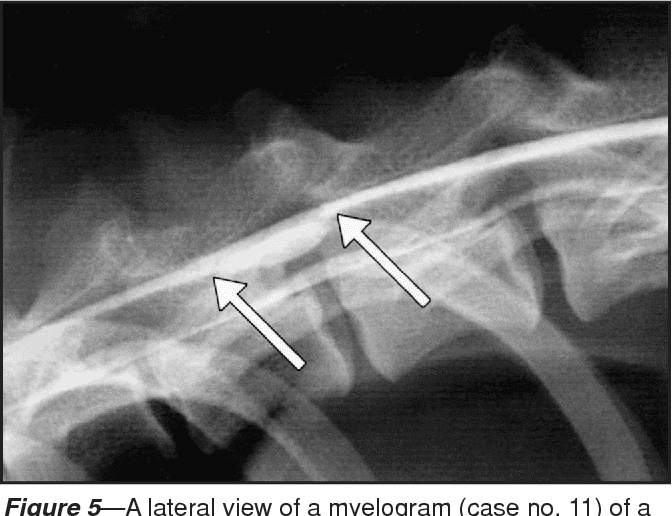Subarachnoid spine cysts, often referred to as arachnoid cysts, are fluid-filled sacs that can develop in the spinal canal or the subarachnoid space surrounding the spinal cord. In some cases, these cysts may not cause any symptoms, but if they grow large enough or cause neurological deficits, surgery may be necessary. Here’s an overview of subarachnoid spine cyst surgery, including indications, surgical procedures, and postoperative care.
Indications for Surgery
Surgery may be indicated in cases where the cyst:
- Causes significant pain or discomfort.
- Leads to neurological deficits, such as weakness, numbness, or loss of bladder/bowel control.
- Interferes with normal spinal cord function.
- Is causing structural problems or compression of surrounding tissues.
Surgical Procedures
- Cyst Removal (Cystectomy):
- Procedure: The surgeon removes the cyst entirely. This is usually the preferred approach if the cyst is causing significant symptoms and is accessible.
- Approach: Depending on the cyst’s location, the surgical approach may vary (e.g., posterior, lateral). The surgeon makes an incision and carefully dissects the surrounding tissues to reach the cyst.
- Technique: Once accessed, the cyst is dissected from the surrounding structures, and the fluid is drained. Care is taken to preserve surrounding nerves and tissues.
- Cyst Shunting:
- Procedure: In some cases, a shunt may be placed to drain the fluid from the cyst to another part of the body (such as the peritoneal cavity) to alleviate pressure on the spinal cord.
- Indications: This may be indicated when complete removal is not feasible or if the cyst is recurrent.
- Laminectomy:
- Procedure: In some cases, a laminectomy (removal of a portion of the vertebra) may be performed to gain access to the cyst and relieve pressure on the spinal cord.
Preoperative Considerations
- Diagnostic Imaging: MRI or CT scans are typically performed before surgery to assess the cyst’s size, location, and any associated spinal cord compression.
- Anesthesia: General anesthesia is usually required for the procedure. A thorough pre-anesthetic evaluation is essential to assess the patient’s overall health.
Postoperative Care
- Monitoring: Patients will be monitored closely in a recovery area for any immediate postoperative complications, such as bleeding, infection, or neurological deficits.
- Pain Management: Pain control is a critical component of postoperative care. Analgesics may be prescribed as needed.
- Activity Restrictions: Patients are often advised to limit physical activity during the initial recovery period to facilitate healing.
- Follow-up Care: Regular follow-up appointments will be necessary to monitor recovery, manage any symptoms, and assess for potential recurrence of the cyst.
Risks and Complications
While surgical intervention can be beneficial, there are risks involved, including:
- Infection: As with any surgery, there is a risk of infection at the surgical site.
- Bleeding: There may be bleeding during or after the procedure.
- Nerve Damage: There is a risk of damaging nearby nerves or spinal cord tissue during surgery.
- Cyst Recurrence: In some cases, cysts may recur even after surgical intervention.
Prognosis
The prognosis for patients undergoing surgery for subarachnoid spine cysts can vary based on factors such as the size of the cyst, the degree of neurological impairment prior to surgery, and the overall health of the patient. Many patients experience significant relief from symptoms and improved quality of life after surgery.
Conclusion
If you or someone you know is considering surgery for a subarachnoid spine cyst, it’s essential to consult with a neurosurgeon or orthopedic spine specialist. They can provide personalized information regarding the risks, benefits, and expected outcomes of the procedure based on individual circumstances.

